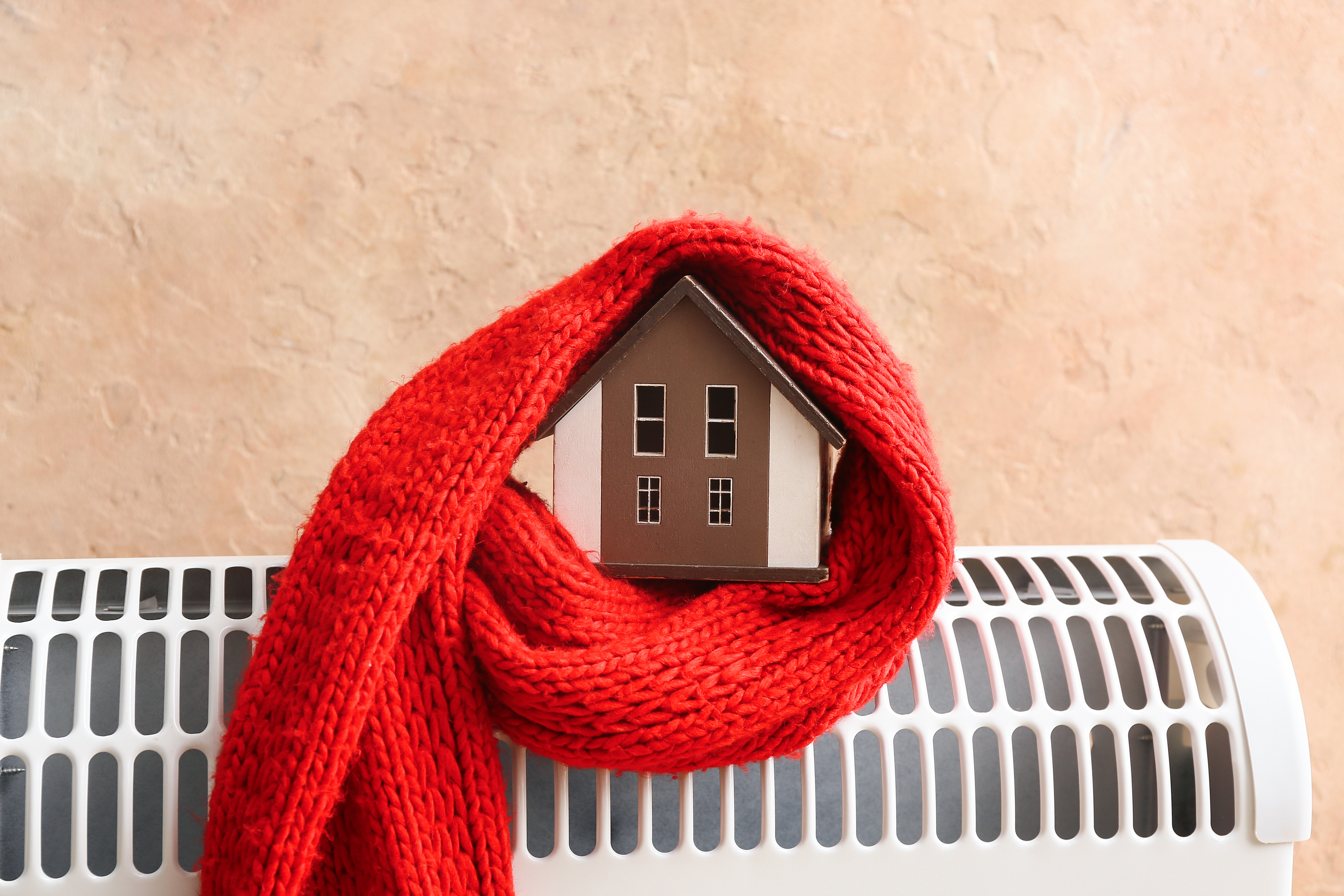For doctors, buying a home can feel like an important milestone, symbolizing stability and financial success after years of hard work and training. But homeownership isn’t as straightforward as budgeting for a mortgage. Many hidden costs of homeownership come with owning a home, and these can have a significant impact on financial well-being—particularly for medical professionals balancing student loans, practice expenses, and savings goals.
Understanding these often-overlooked expenses can make the difference between a sound investment and an overwhelming burden.
Property Taxes
Property taxes are one of the largest recurring costs of homeownership, and they vary widely depending on where the home is located. Nationally, the average property tax rate is around 1.1% of a home’s assessed value. For a home priced at $400,000, this could translate to $4,400 annually—and that’s just an average.
These taxes can also rise over time, especially in areas where property values increase. Doctors purchasing homes in high-demand neighborhoods should account for the possibility of growing tax bills when planning long-term finances. Understanding property taxes for doctors is essential for effective financial planning.

Insurance Costs
Homeowners insurance is another non-negotiable expense. The cost depends on the location, size, and type of home, but typically, annual premiums hover around $2,000 to $3,000 for standard coverage.
Doctors buying homes in areas prone to natural disasters, such as hurricanes or earthquakes, might need additional coverage, driving costs even higher. While insurance provides crucial protection, it’s essential to factor this into monthly housing budgets as part of homeownership expenses for medical professionals.
Maintenance and Repairs
Owning a home means taking on the full responsibility for keeping it in good condition. Experts recommend setting aside 1% to 4% of a home’s value annually for routine maintenance and unexpected repairs. For a $500,000 home, that’s anywhere from $5,000 to $20,000 each year.
It’s not just about fixing leaky faucets or mowing the lawn—costlier repairs, like replacing a roof or upgrading an HVAC system, can add up quickly. Having a dedicated fund for home maintenance is essential to avoid financial surprises, particularly for physicians balancing other obligations like student loans.
Utilities and Services
Transitioning from renting to homeownership often brings higher utility costs. Homeowners pay for electricity, water, gas, trash removal, and in some cases, additional services like septic or well maintenance. Larger homes typically mean higher bills, especially if they’re not energy-efficient.
Doctors moving into homes with extensive outdoor spaces may also need to budget for landscaping or snow removal services, which can be another unexpected expense. Utility expenses for large homes can easily strain a budget if not planned for.

HOA Fees and Community Costs
Homes located in planned developments or gated communities often come with homeowners association (HOA) fees. These fees cover shared amenities, such as pools, gyms, and landscaping, as well as general maintenance of common areas.
HOA fees can range from $100 to $1,000 or more per month, depending on the location. While these fees can enhance the overall living experience, they also add a layer of financial obligation that should not be overlooked. Physicians considering homeownership should factor HOA fees into their financial strategy.
Missed Financial Opportunities
For physicians, every financial decision comes with trade-offs. Committing resources to a home—whether it’s for a down payment, monthly expenses, or ongoing maintenance—can limit other opportunities. These include building retirement accounts, paying off student loans, or investing in a medical practice.
Evaluating the total financial picture is critical. A financial advisor can help doctors determine how much homeownership aligns with their broader wealth-building goals and whether it supports their long-term financial planning for doctors.

The Bottom Line
Homeownership is often viewed as a hallmark of personal and professional success, but it comes with a price tag that extends well beyond the mortgage. For doctors, balancing the demands of homeownership with other financial priorities requires careful planning. To find our more, check our resources page!
By accounting for hidden costs like property taxes, insurance, maintenance, utilities, and HOA fees, doctors can make informed decisions and avoid the stress of unexpected financial strain. The key is to go beyond the excitement of buying a home and ensure it fits comfortably within a broader financial strategy tailored to medical professionals. Do you need more of financial knwledge for doctors? Join Salve and get your finances under control!

